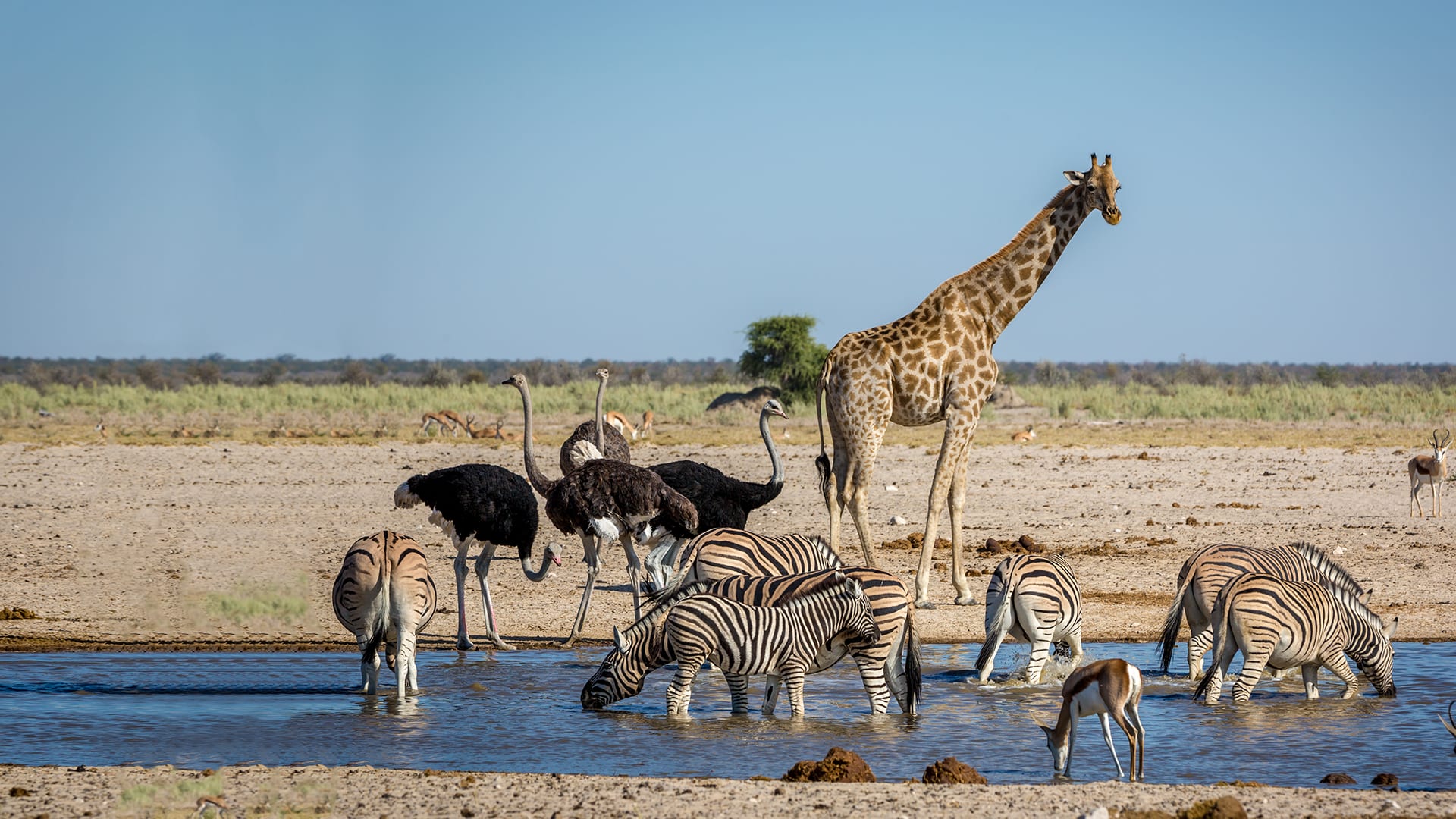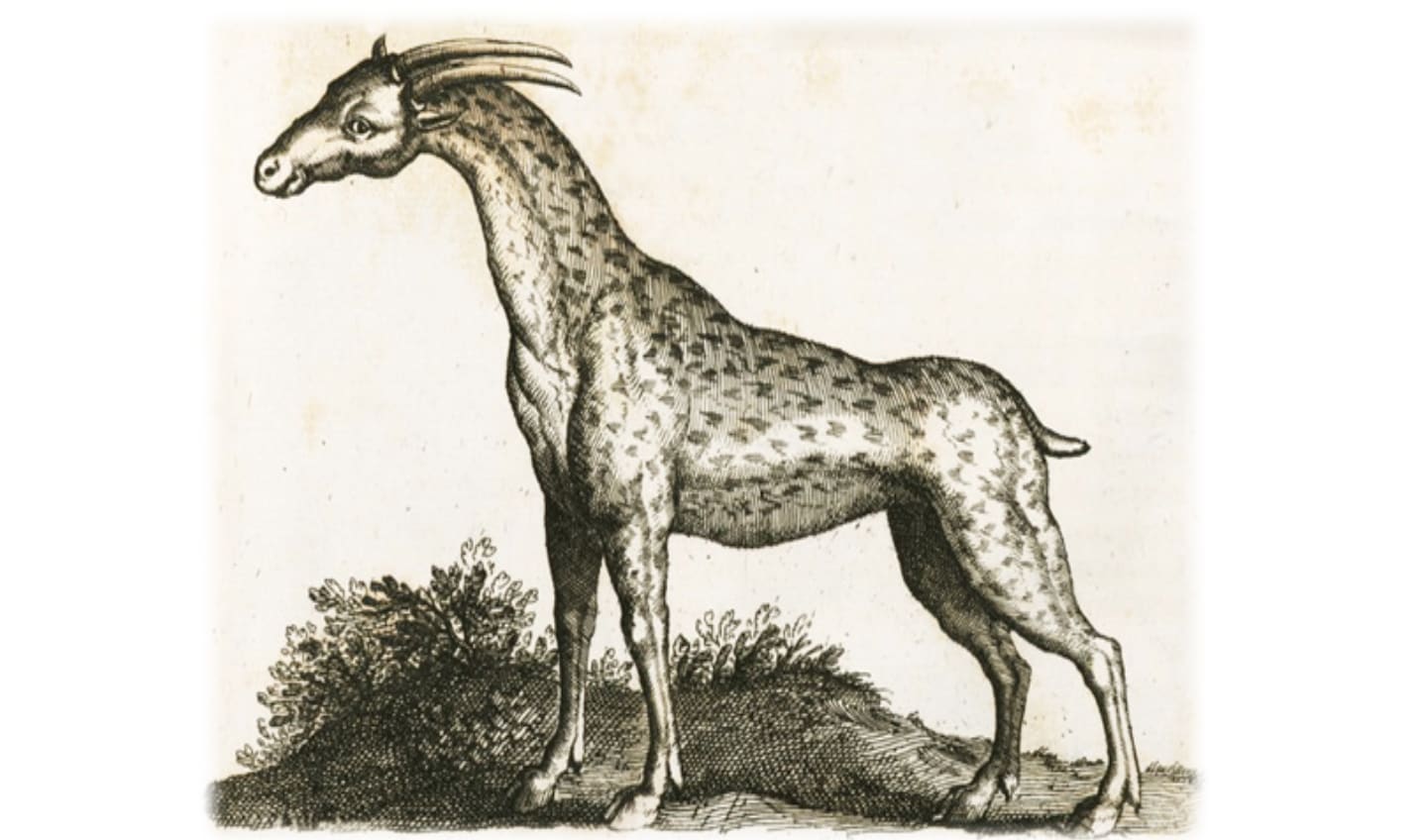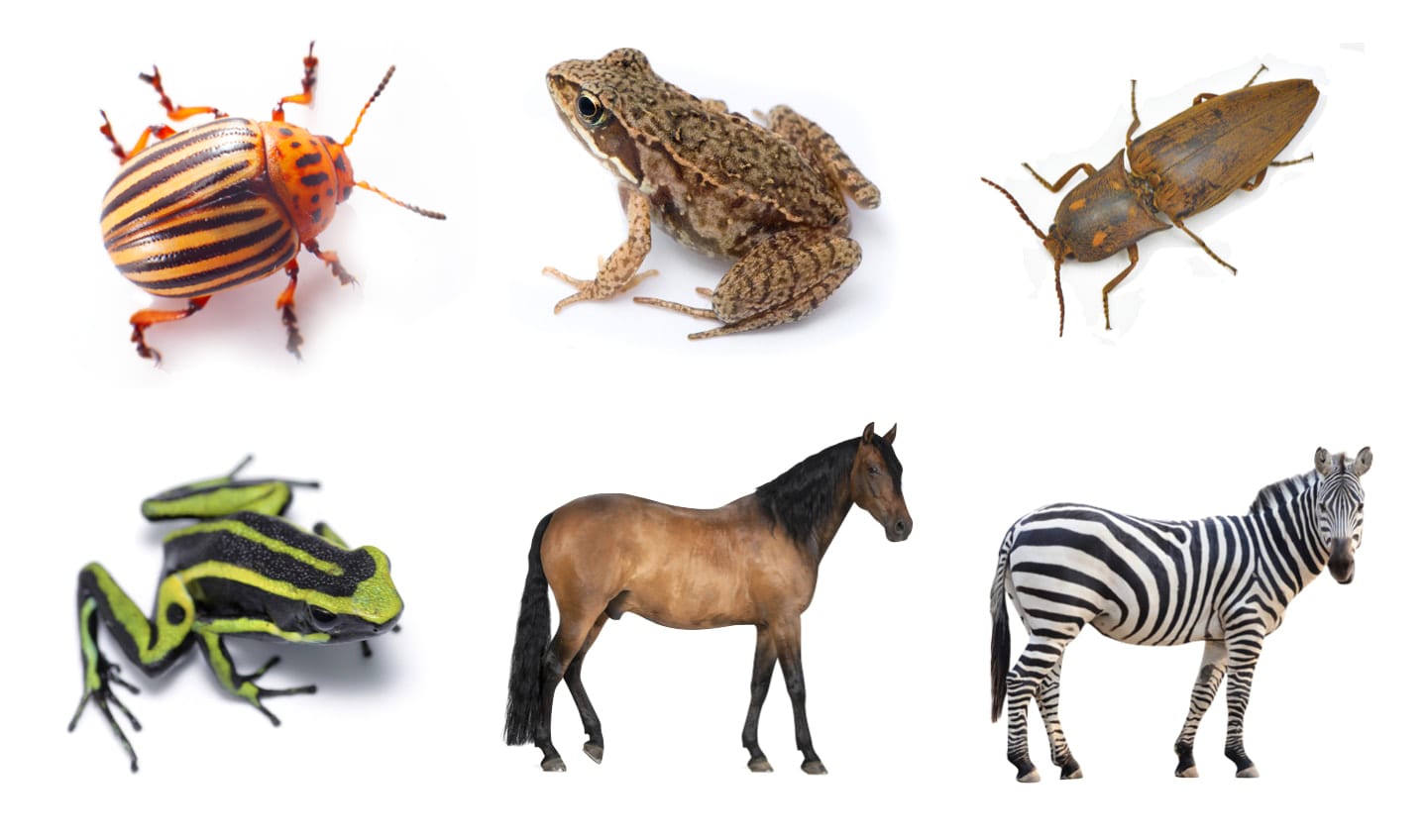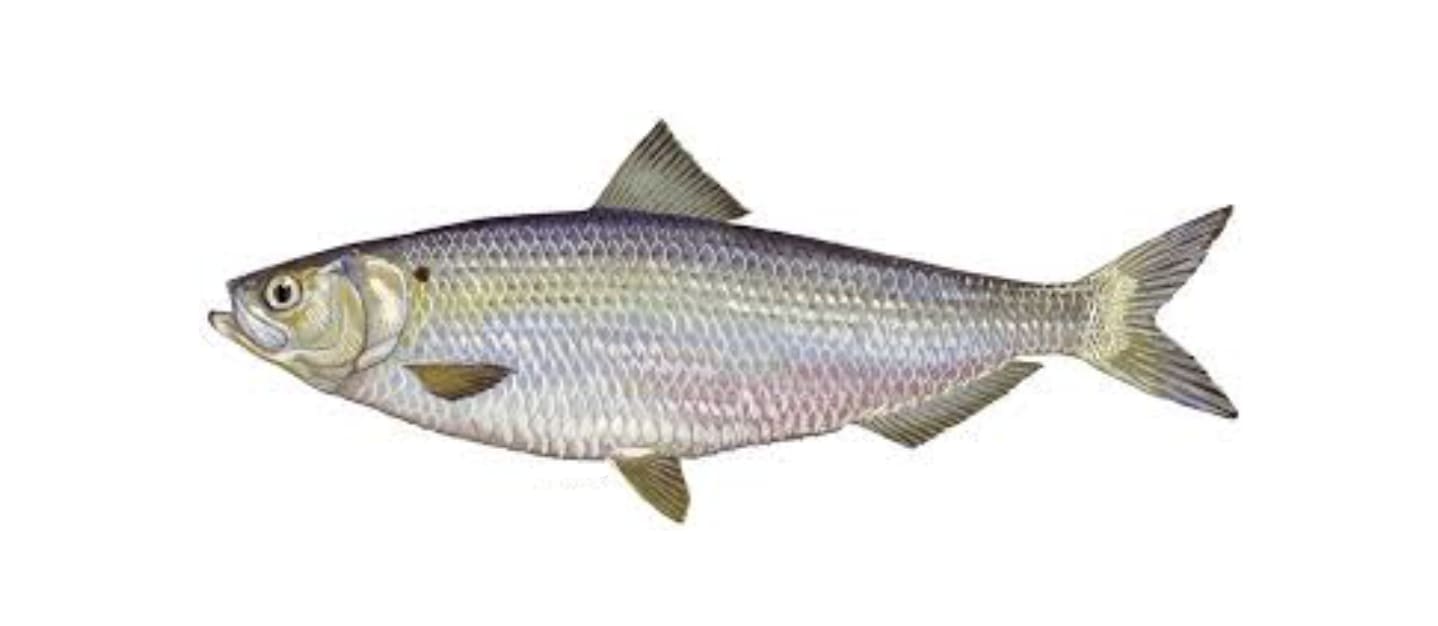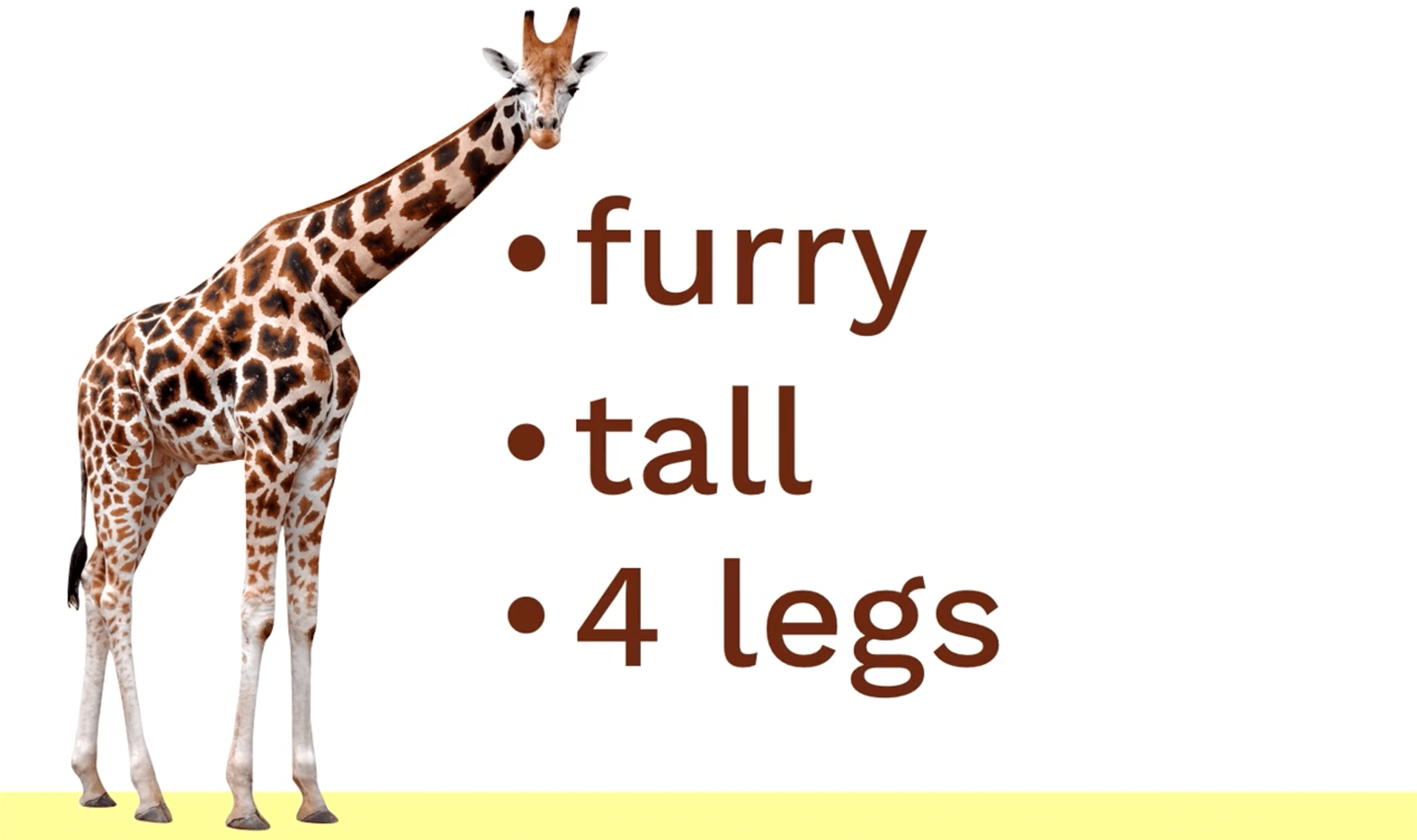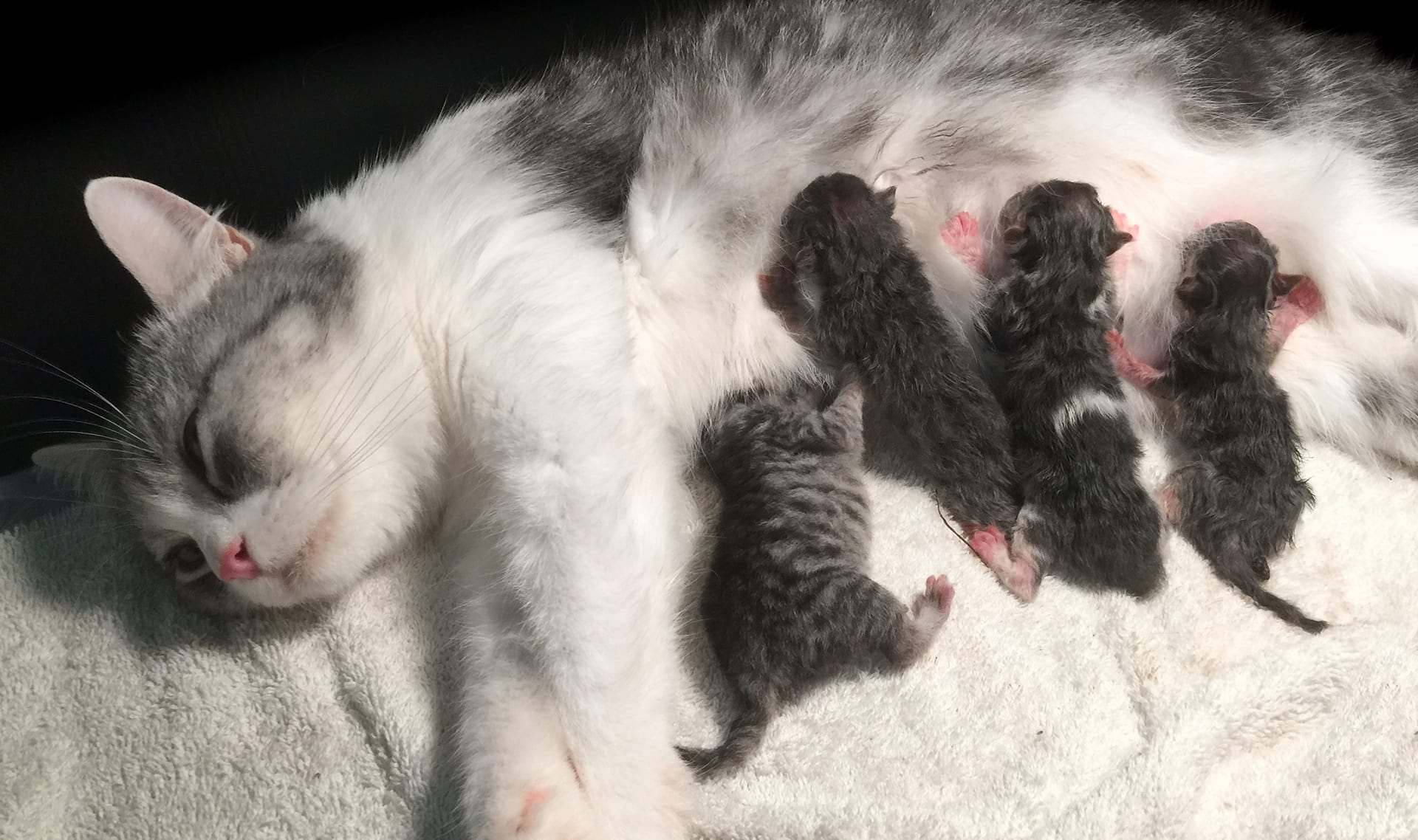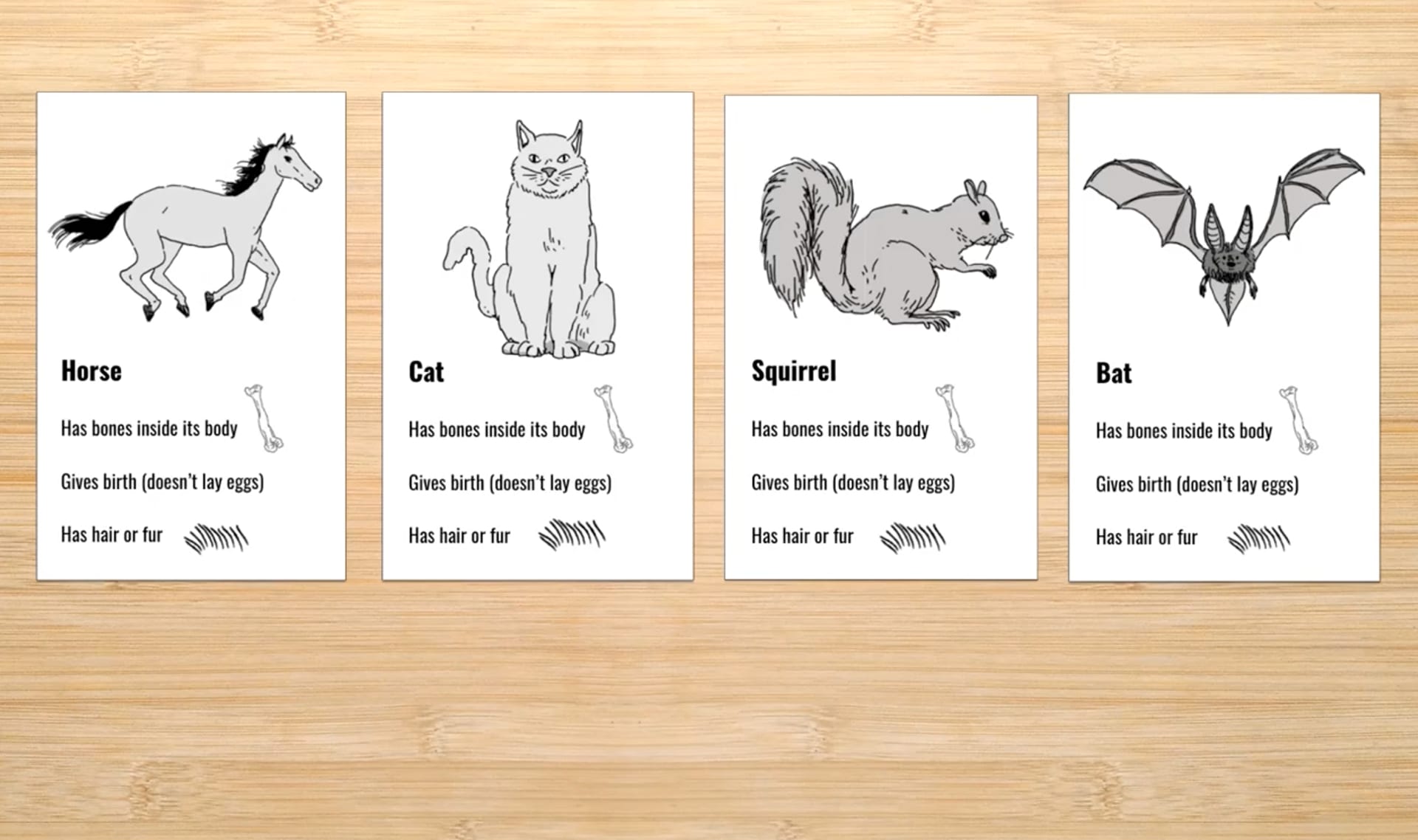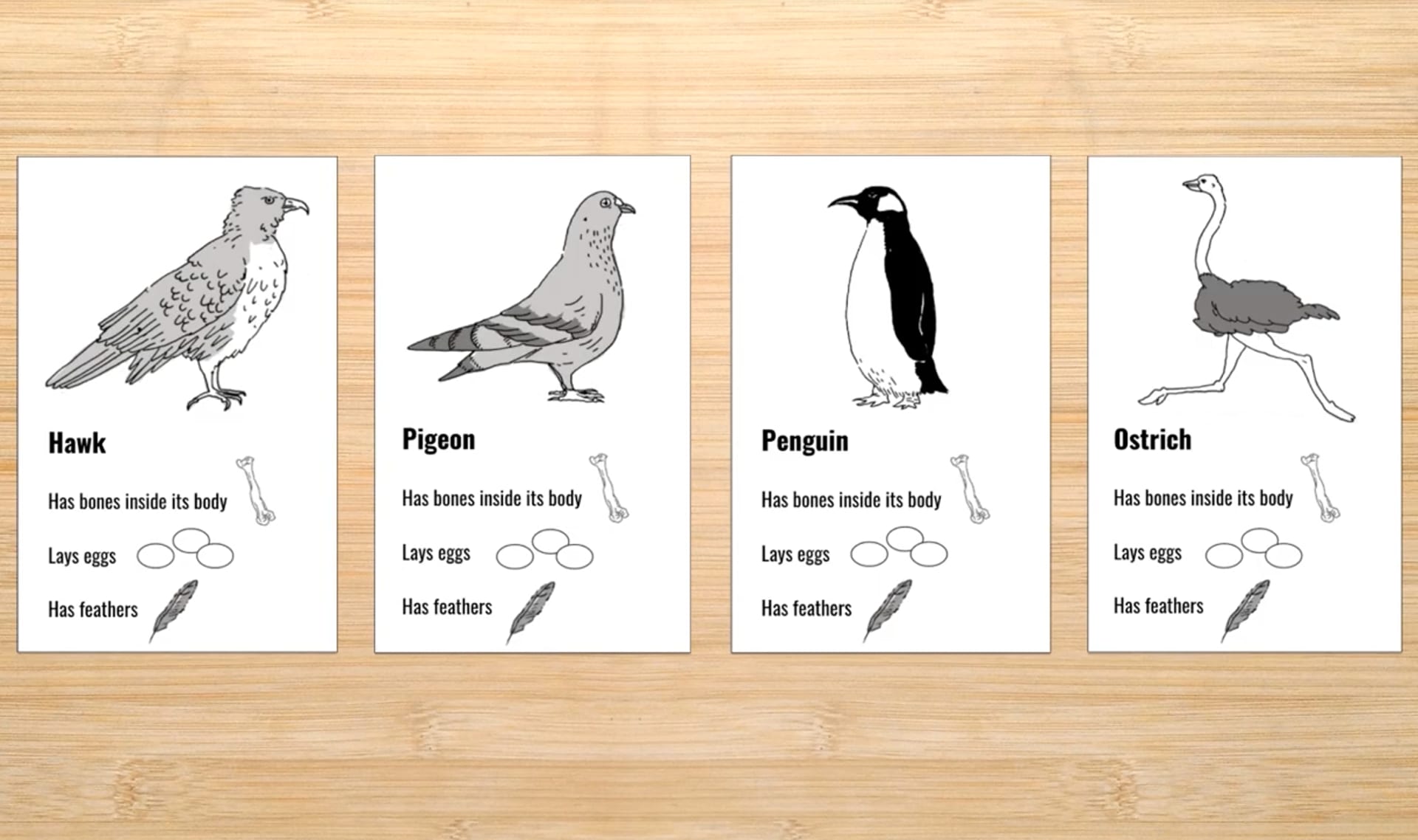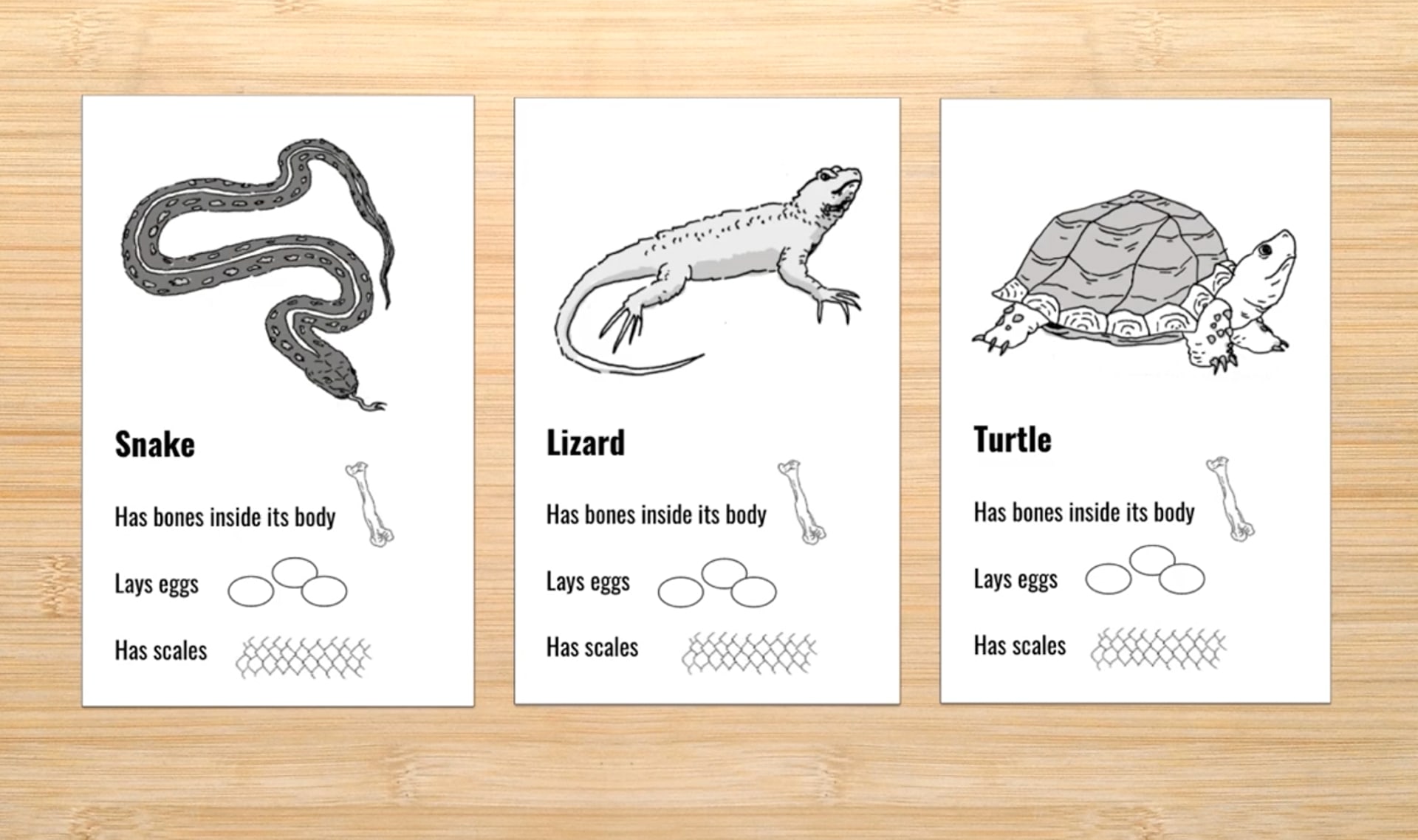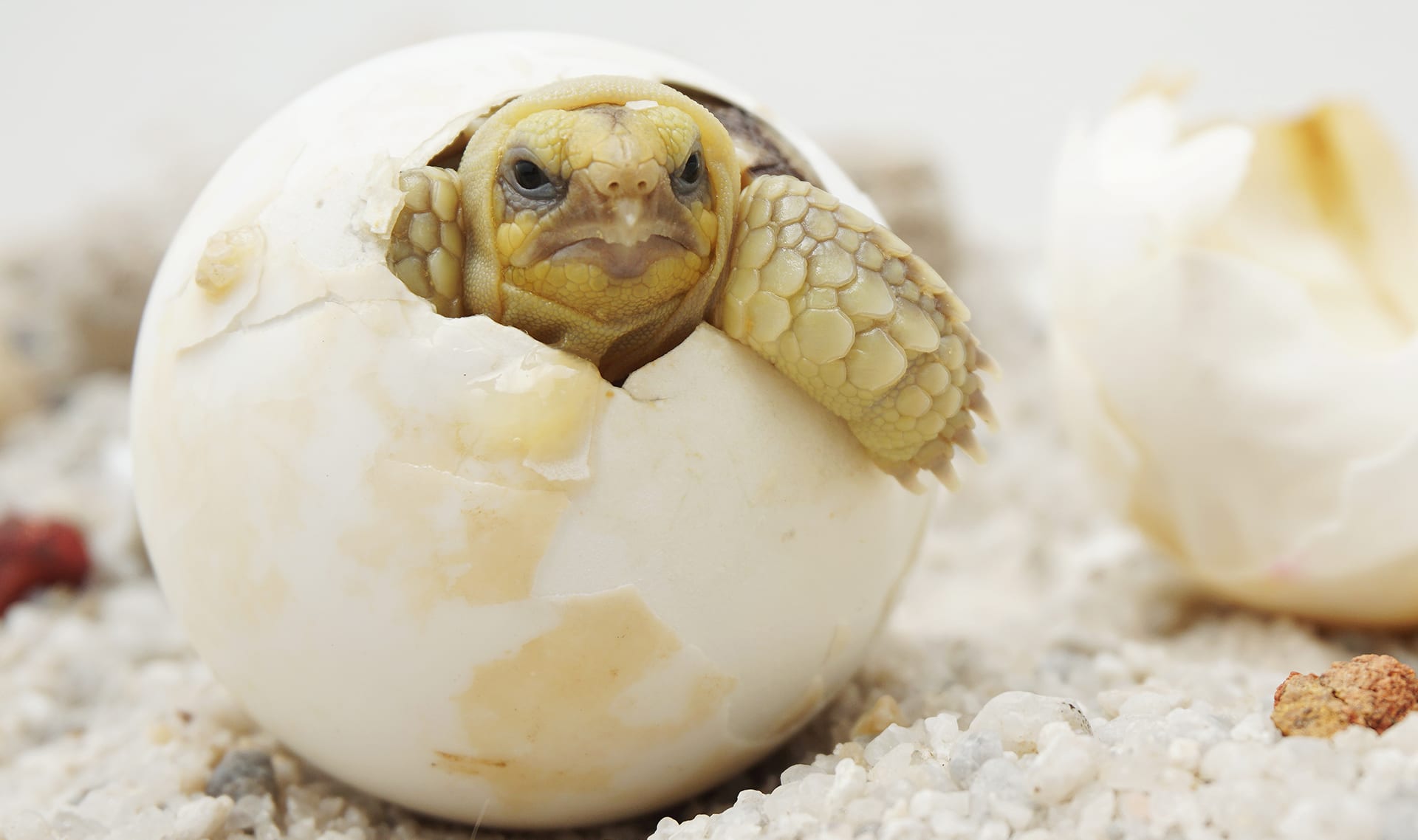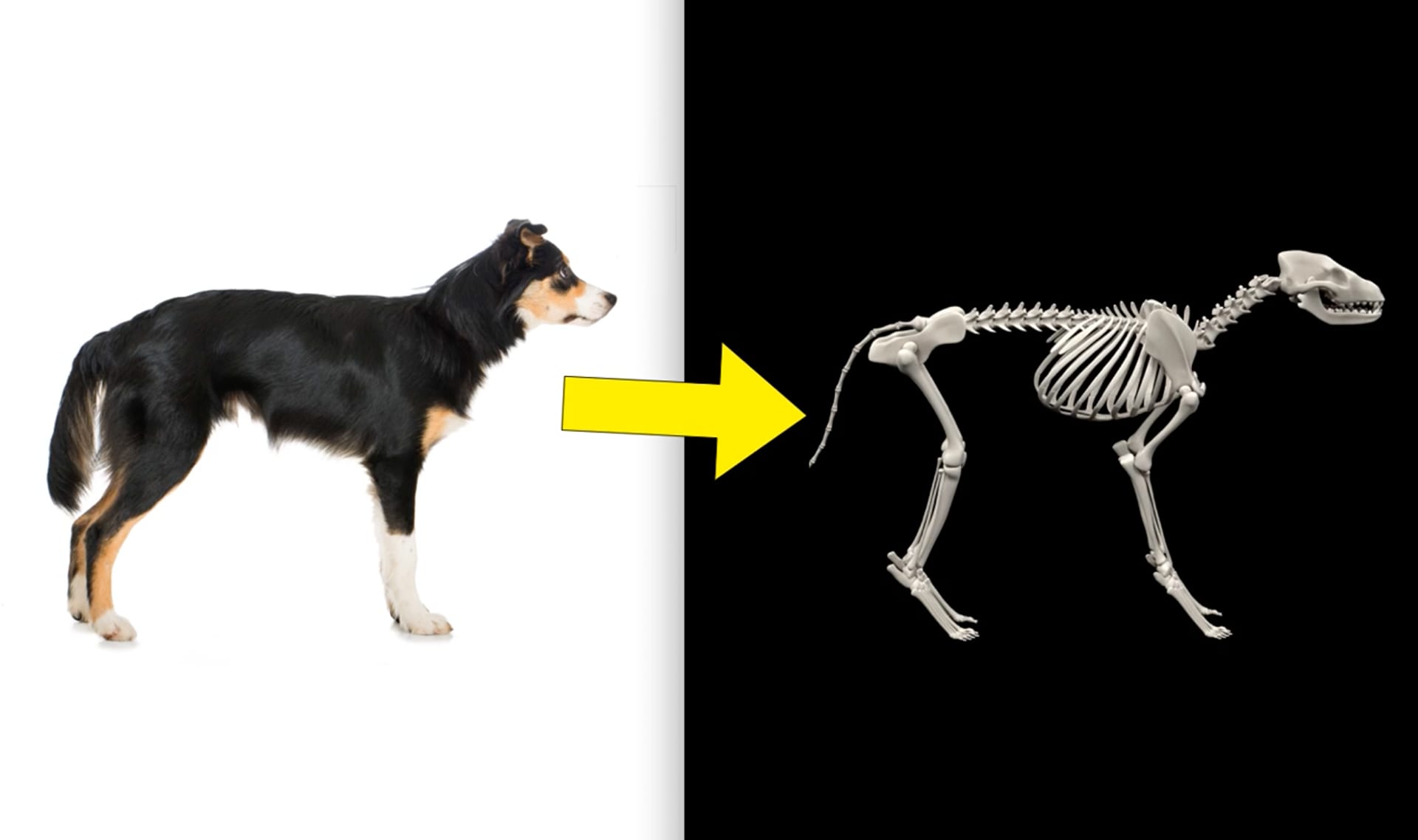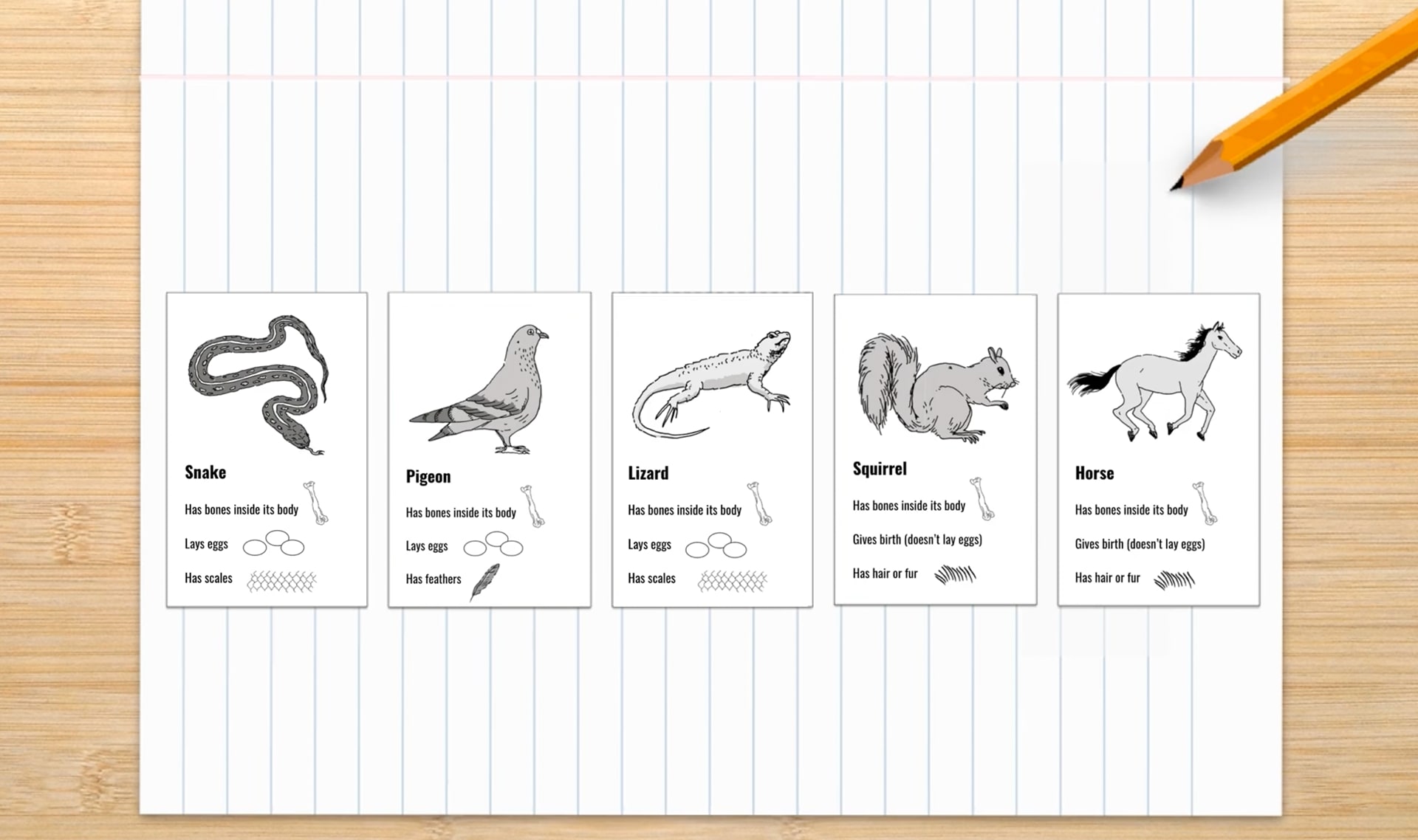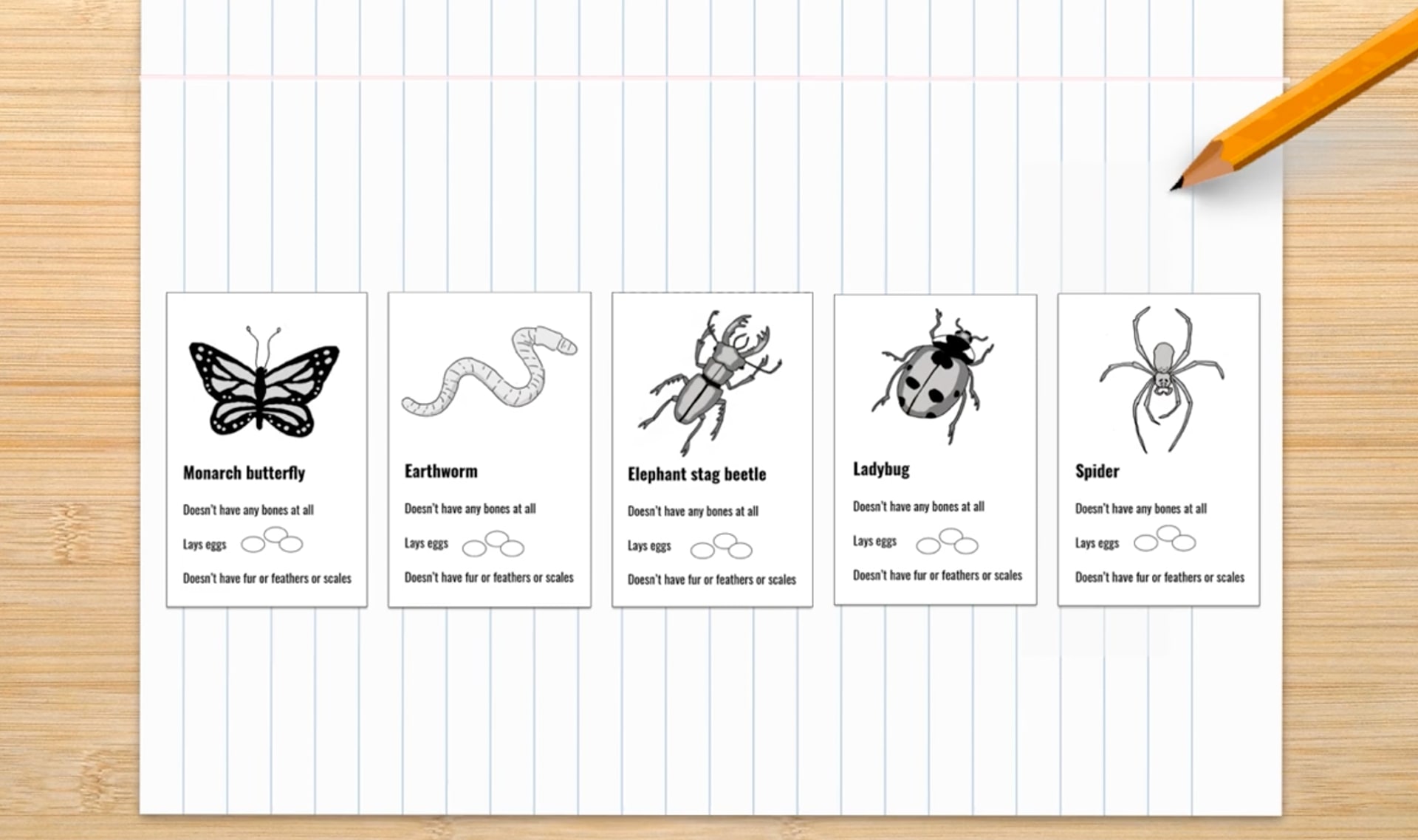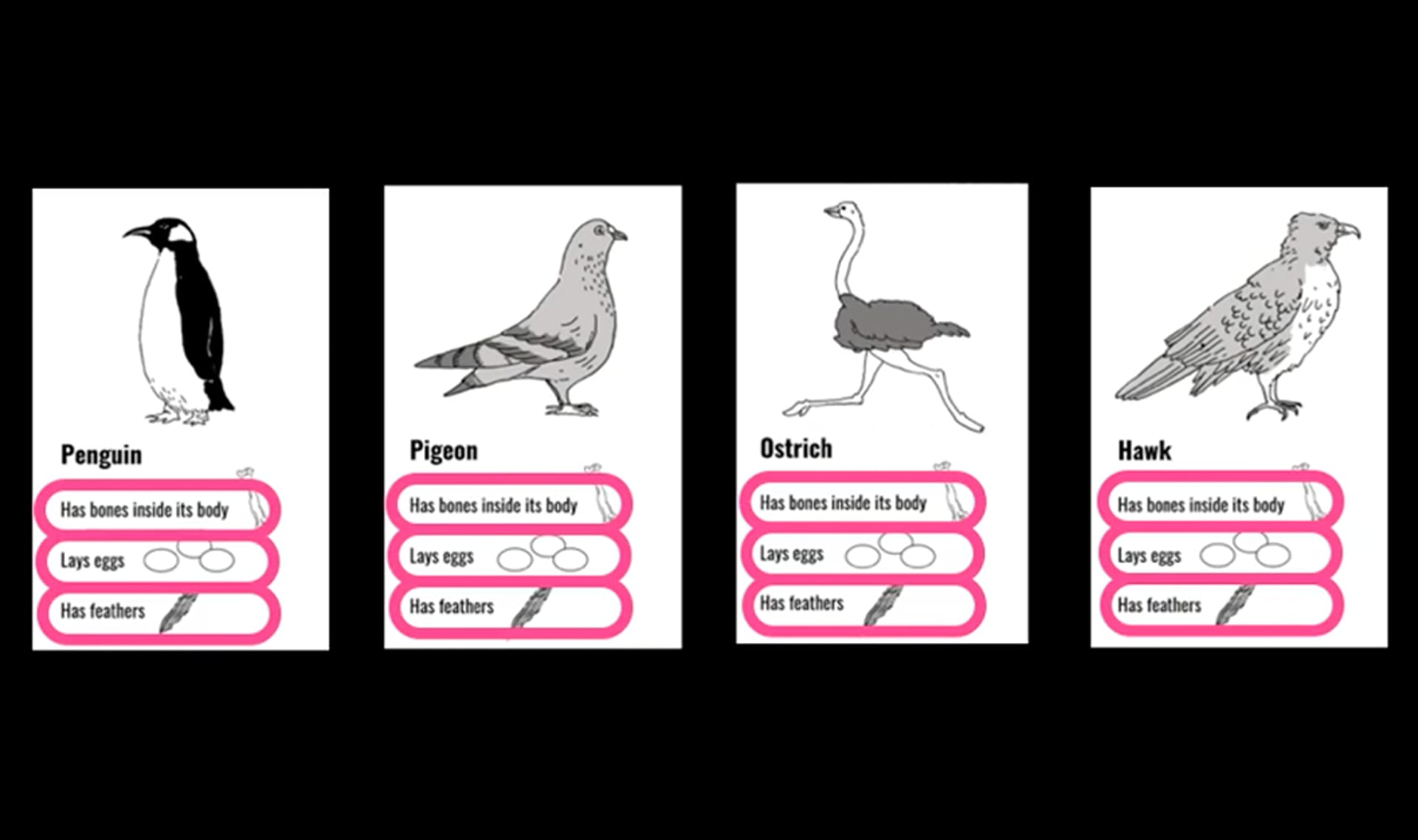Mystery Science respects the intellectual property rights of the owners of visual assets.
We make every effort to use images and videos under appropriate licenses from the owner or by
reaching out to the owner to get explicit permission. If you are the owner of a visual and
believe we are using it without permission, please
contact us—we will reply promptly and make
things right.
Other
Arabian camel by
Image used under license from Shutterstock.com: konradrza
DSLR camera by
Image used under license from Shutterstock.com: Marcio Jose Bastos Silva
Zoo entrance by
Image used under license from Shutterstock.com: Trong Nguyen
airplane by
Image used under license from Shutterstock.com: phive
book with blank cover by
Image used under license from Shutterstock.com: urfin
giraffe on tv screen by
Image used under license from Shutterstock.com: gmstockstudio
girl presenting in front of class by
Image used under license from Shutterstock.com: Monkey Business Images
laptop screen by
Image used under license from Shutterstock.com: guteksk7
notebook in hands by
Image used under license from Shutterstock.com: Leklek
pair of giraffes by
Image used under license from Shutterstock.com: Vaclav Volrab
red kangaroo by
Image used under license from Shutterstock.com: Bradley Blackburn
single giraffe by
Image used under license from Shutterstock.com: jaroslava v
walking leopard by
Image used under license from Shutterstock.com: Iakov Filimonov
woman looking at map by
Image used under license from Shutterstock.com: topten22photo
woman looking with Binoculars in the forest by
Image used under license from Shutterstock.com: topten22photo
woman with laptop by
Image used under license from Shutterstock.com: Andrey_Popov

